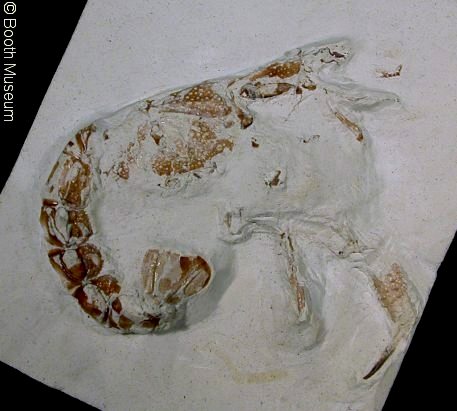 |
|
Glyphea willetti (Woodward) |
A small and distinctive lobster which occurs uncommonly in the Grey Chalk. Sometimes encountered in museum collections as part and counterpart specimens.
 |
1). Near complete individual, figured by Dixon (x2, Grey Chalk, from the Willett Collection, Booth Museum, BMB 007774, by kind permission of John Cooper).
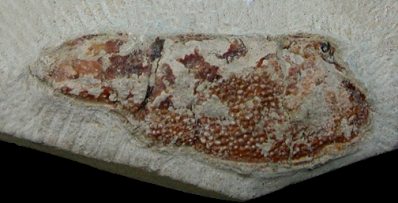 A
A |
 B
B |
2). (A) Carapace, (B) cheliped from the same individual, both x4, Grey Chalk, Balcombe Pit, Glynde, Sussex, Randell Collection, RR 1036.
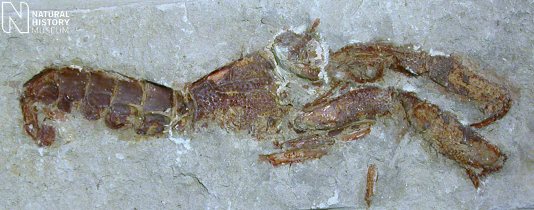 A
A |
|
|
 B B |
3). (A, B) Part and counterpart of a large and exceptionally preserved individual (x1.3, Totternhoe Stone, base of the Zig Zag Chalk, Hitchin, Herts, BMNH (British Museum (Natural History) London) I.14465). Images © 2008 The Natural History Museum, by kind permission.
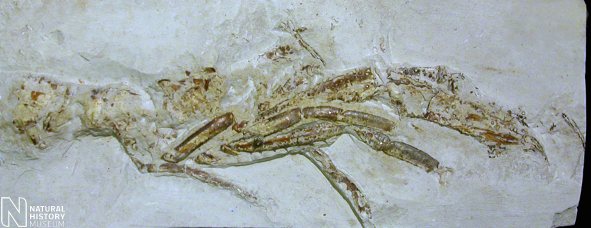
4). An individual with well preserved legs (x1.8, Grey Chalk, Dover, Mantell Collection, BMNH (British Museum (Natural History) London) 5624). Image © 2008 The Natural History Museum, by kind permission.
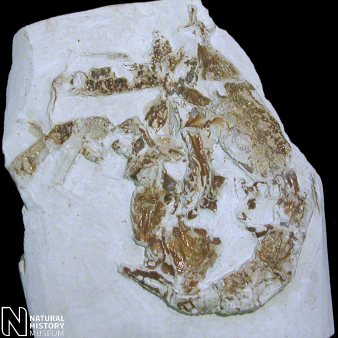 A
A |
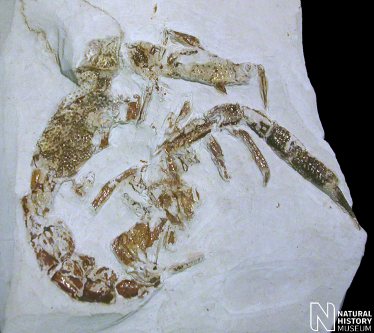 B
B |
5). (A, B) Part and counterpart of a well preserved individual (x1.7, Grey Chalk, Lewes, Sussex, BMNH (British Museum (Natural History) London) I.1991). Images © 2008 The Natural History Museum, by kind permission.
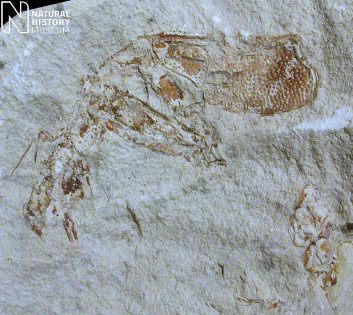 A
A |
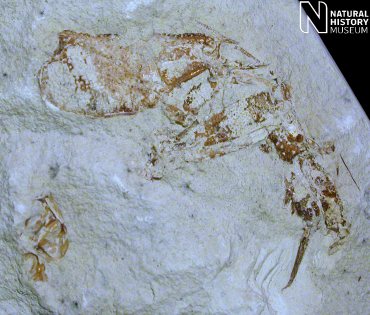 B
B |
6). (A, B) Part and counterpart of a well preserved individual; note the antennae (x1.8, Grey Chalk, Glynde, near Lewes, Sussex, BMNH (British Museum (Natural History) London) In.26896). Images © 2008 The Natural History Museum, by kind permission.

7). Associated appendages, figured by Dixon (x1.7, Grey Chalk, Lewes, Sussex, BMNH (British Museum (Natural History) London) In.36769). Image © 2008 The Natural History Museum, by kind permission.
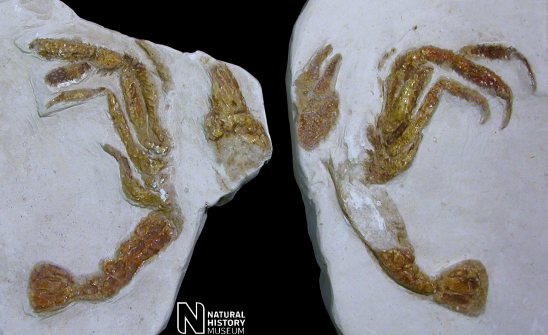
8). Part and counterpart of a well preserved individual (x1.3, BMNH (British Museum (Natural History) London) C4). Image © 2008 The Natural History Museum, by kind permission.